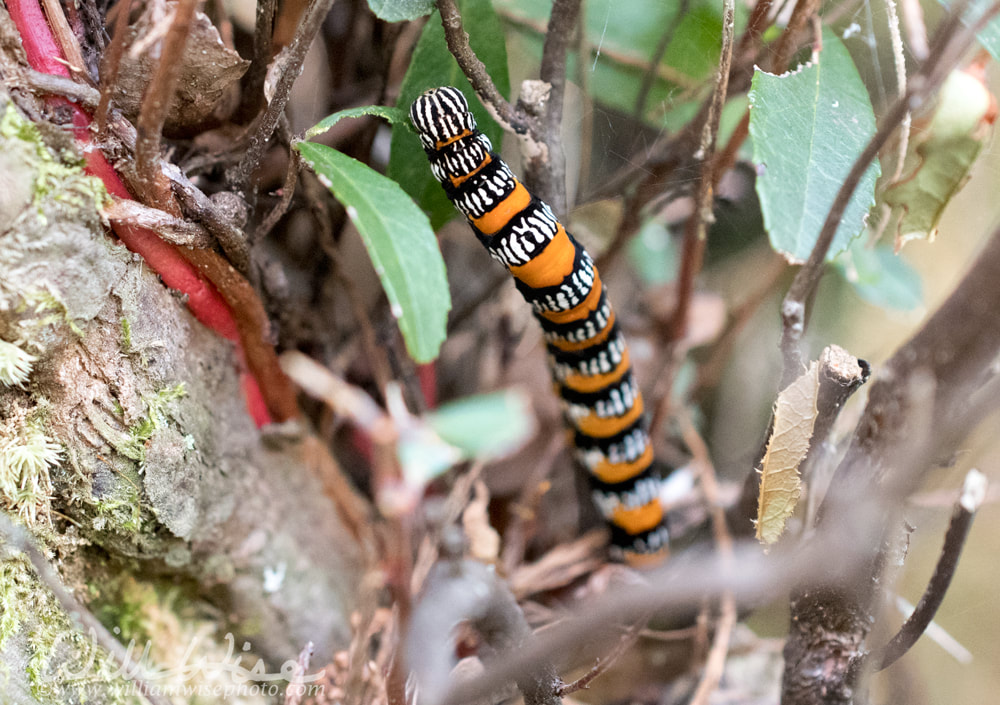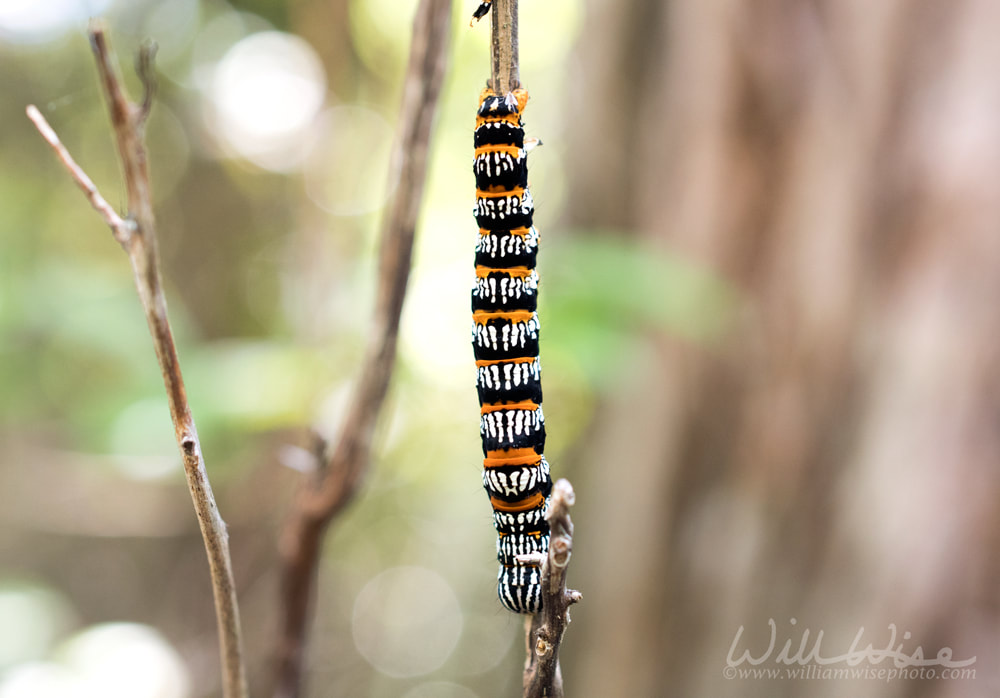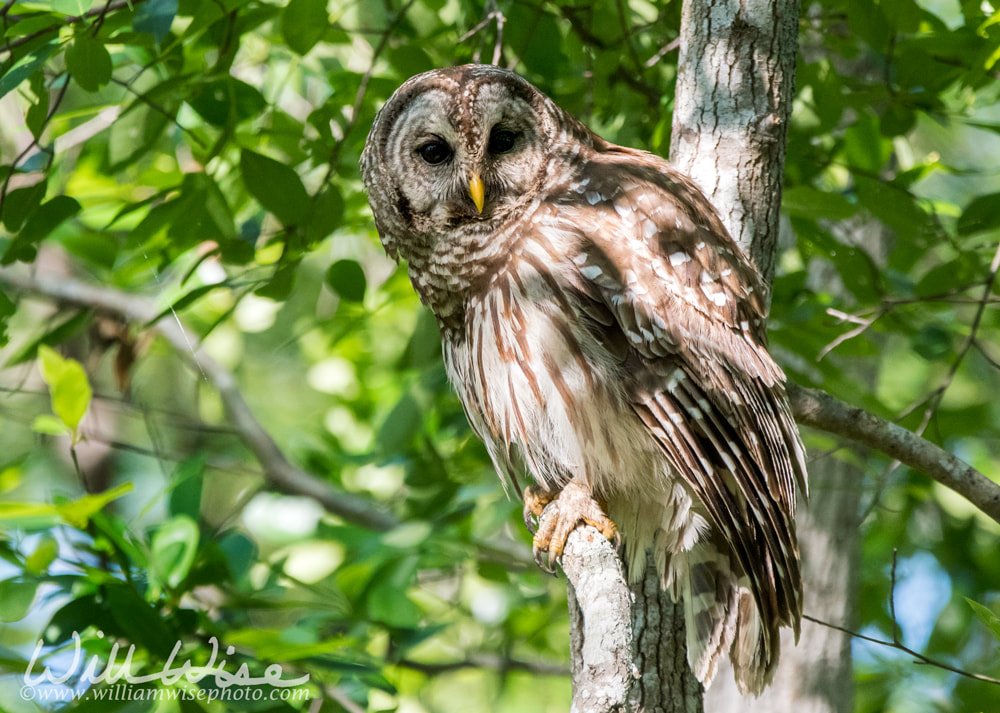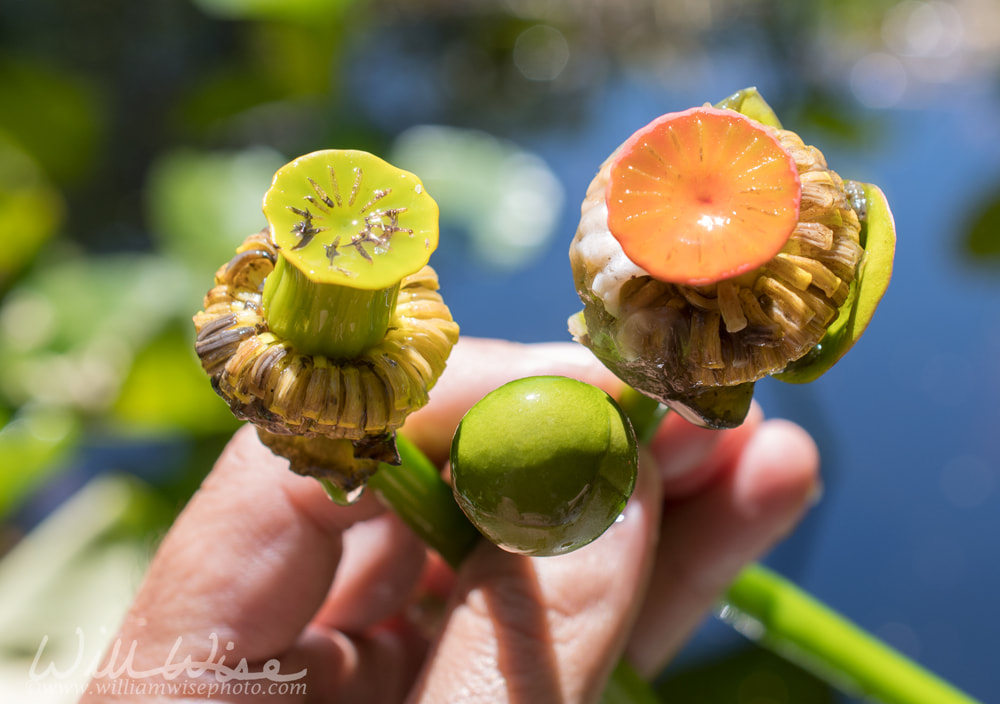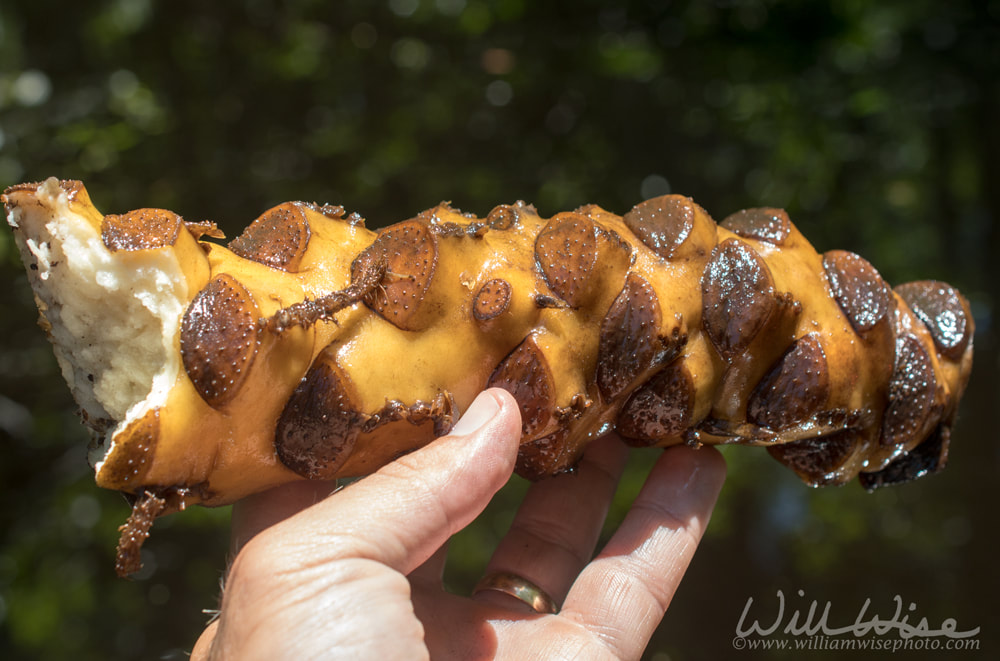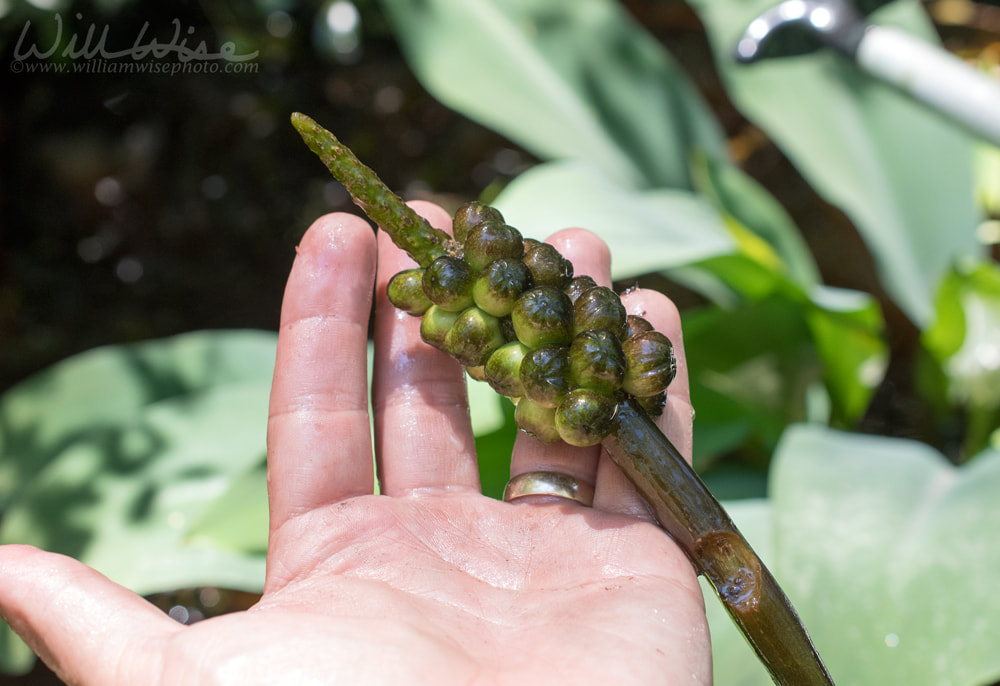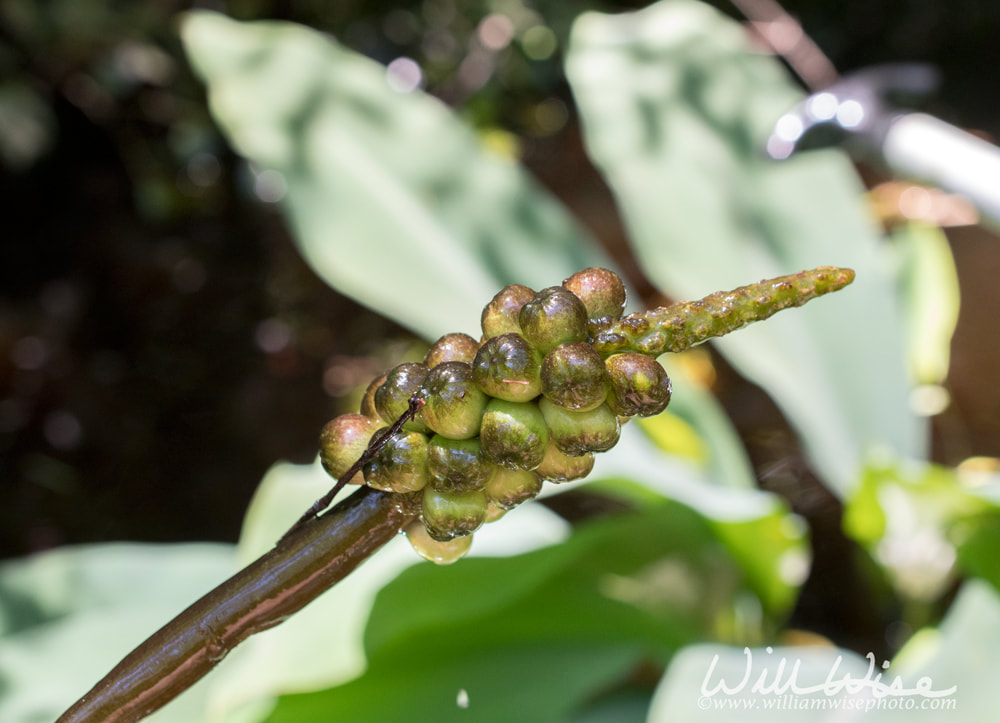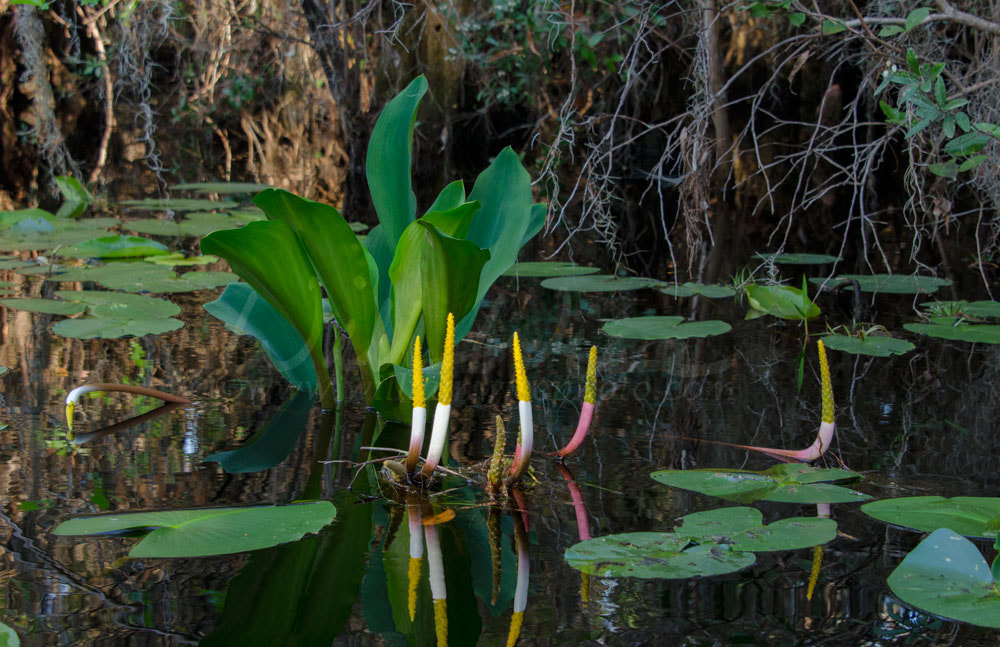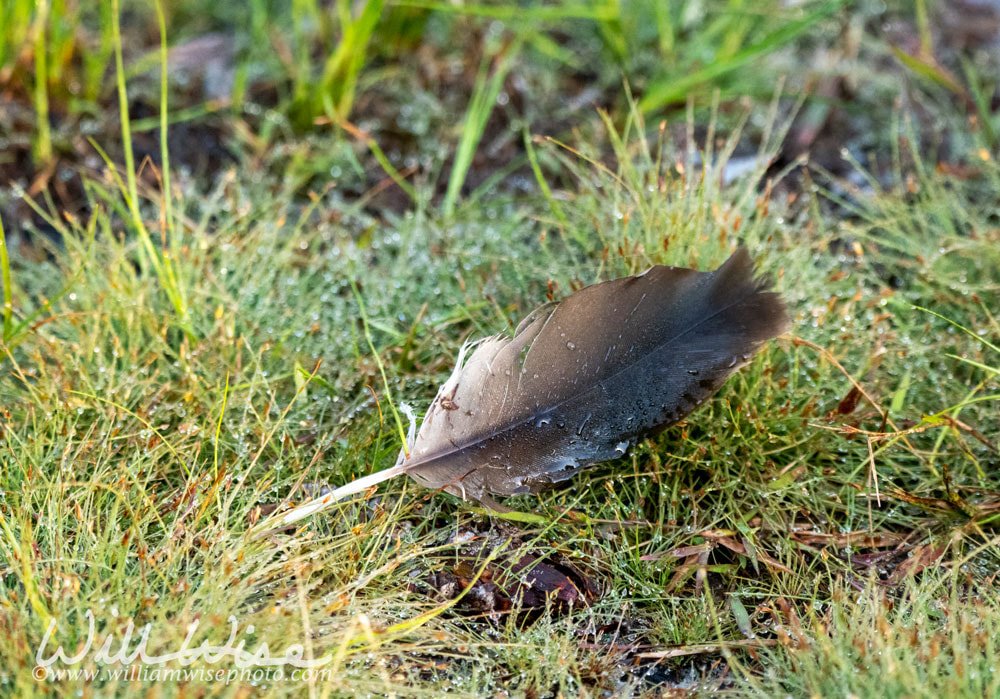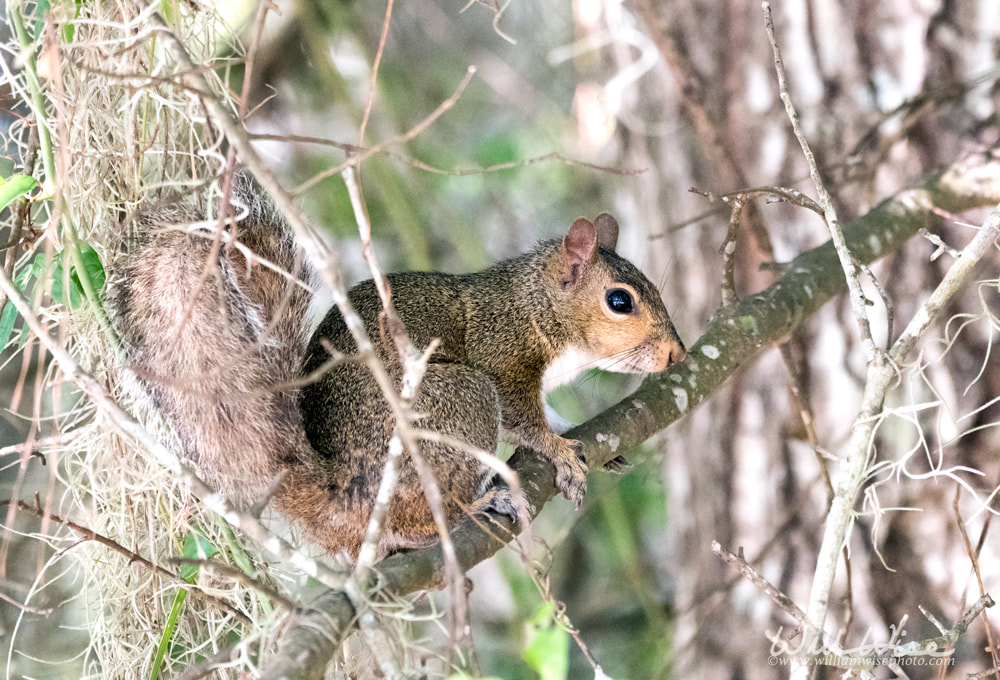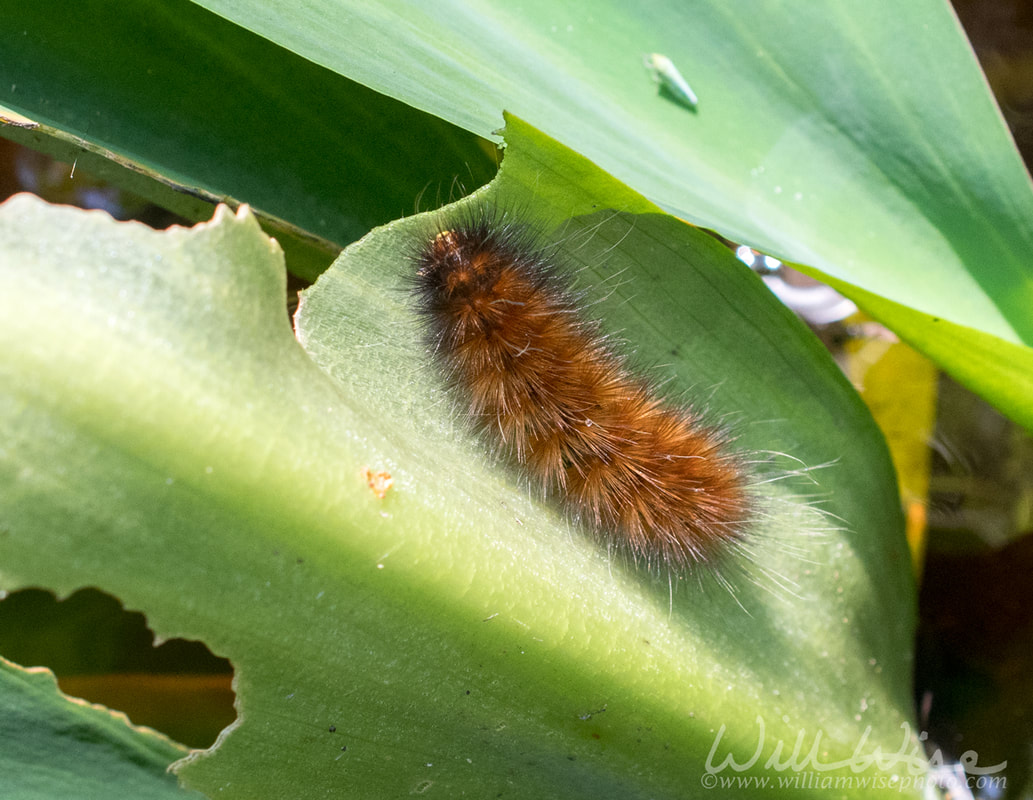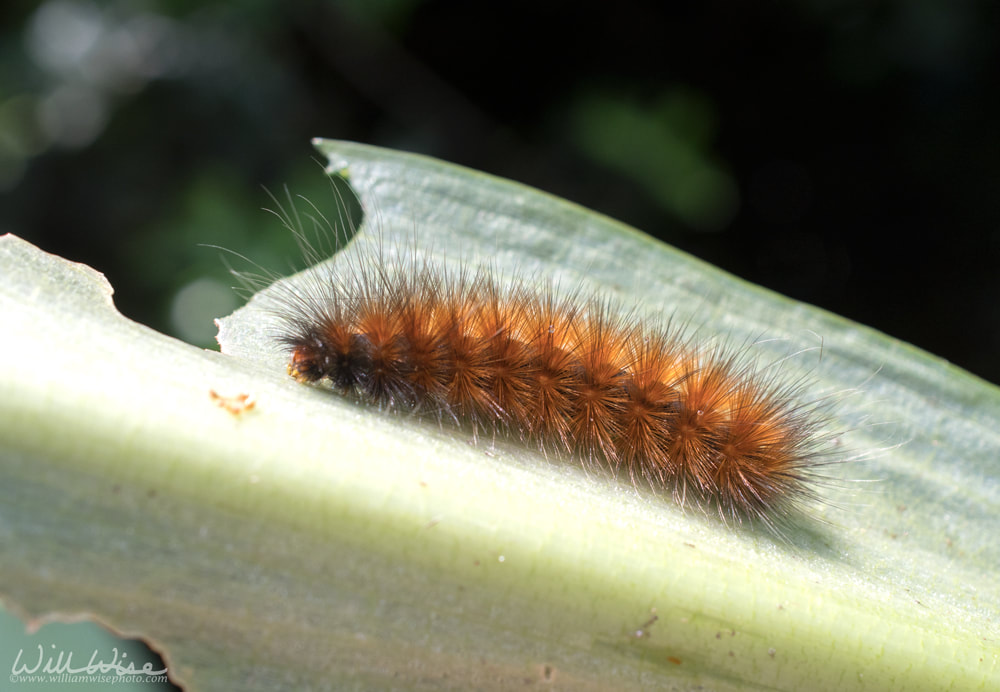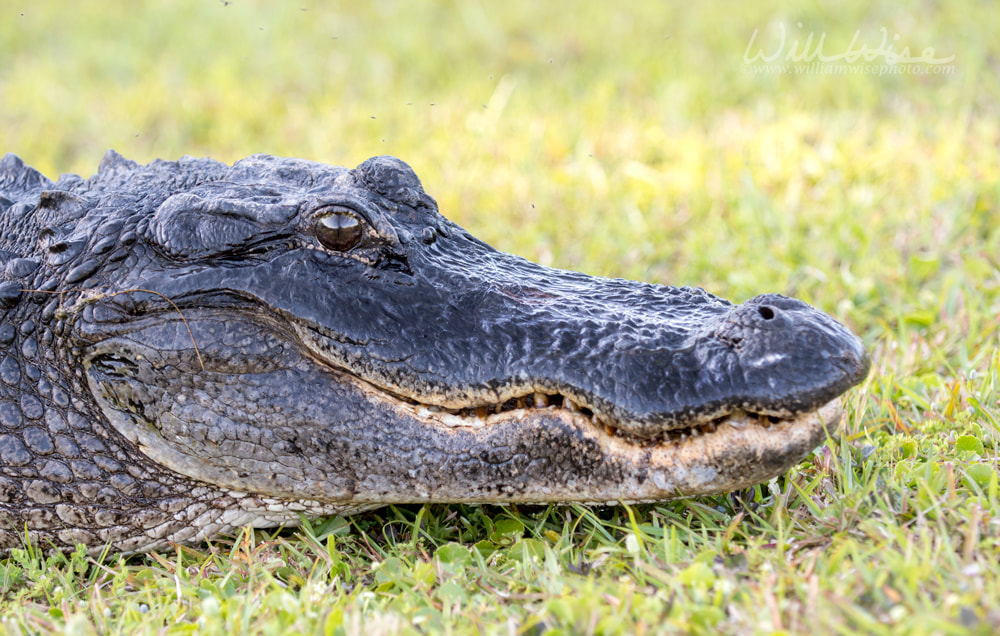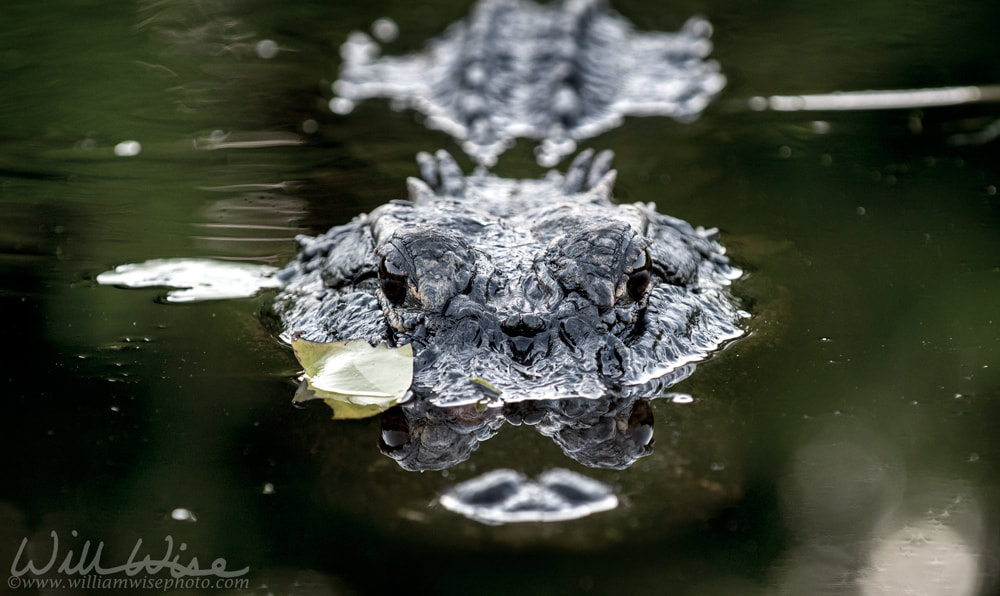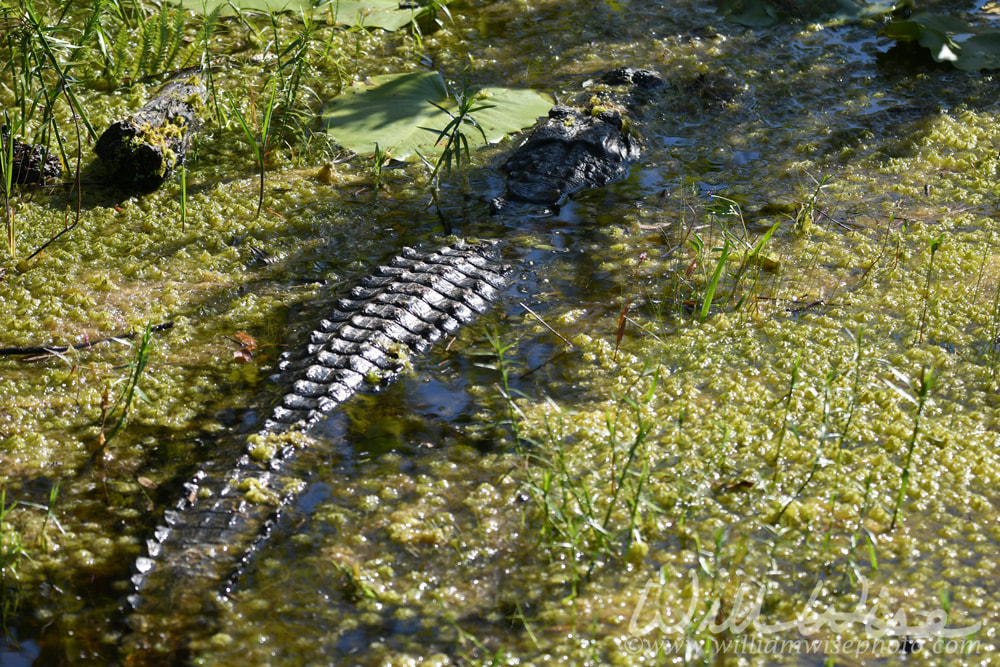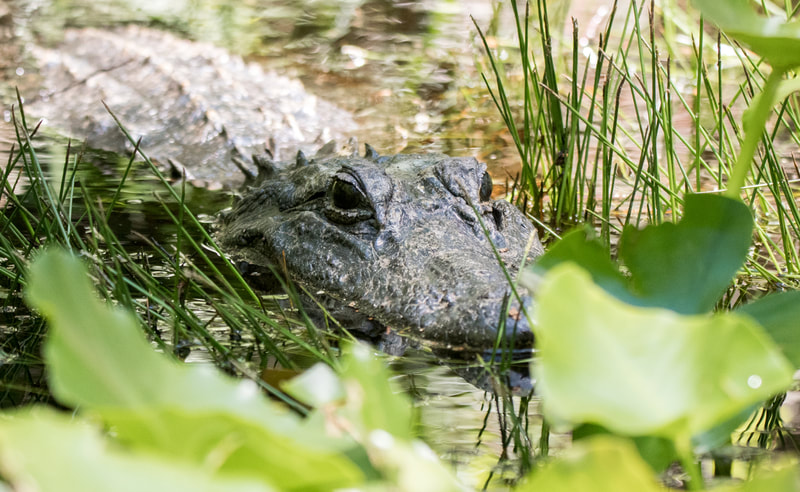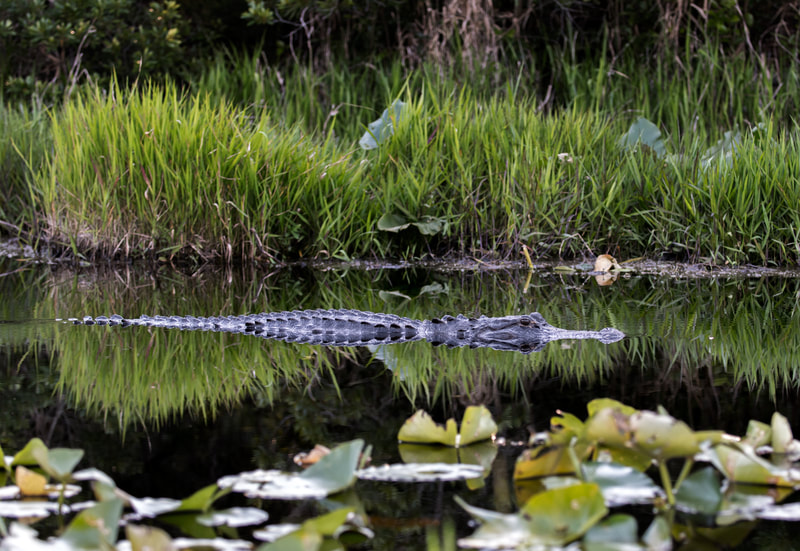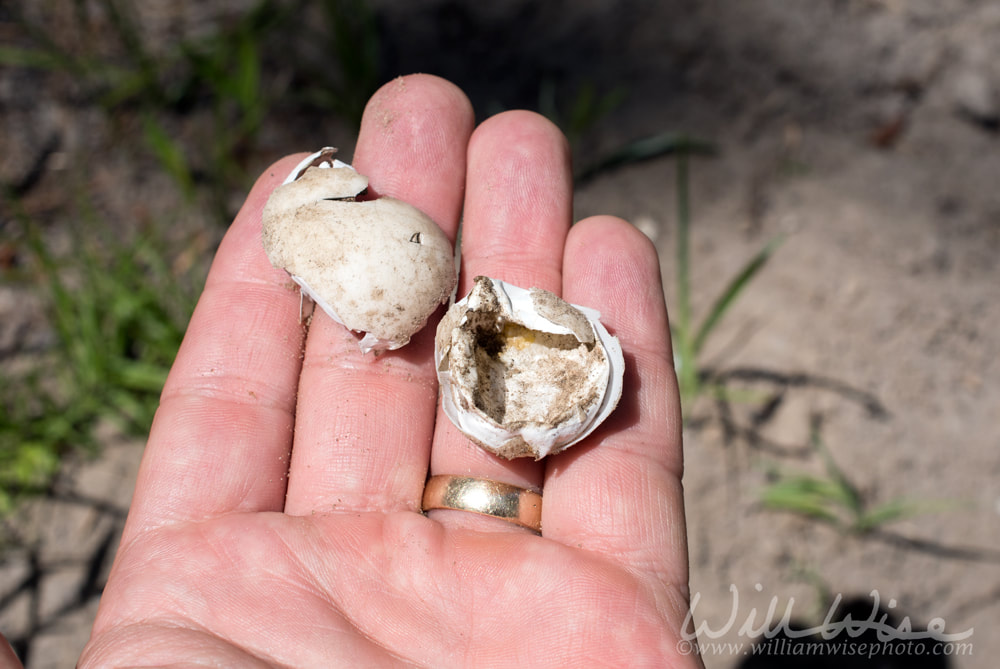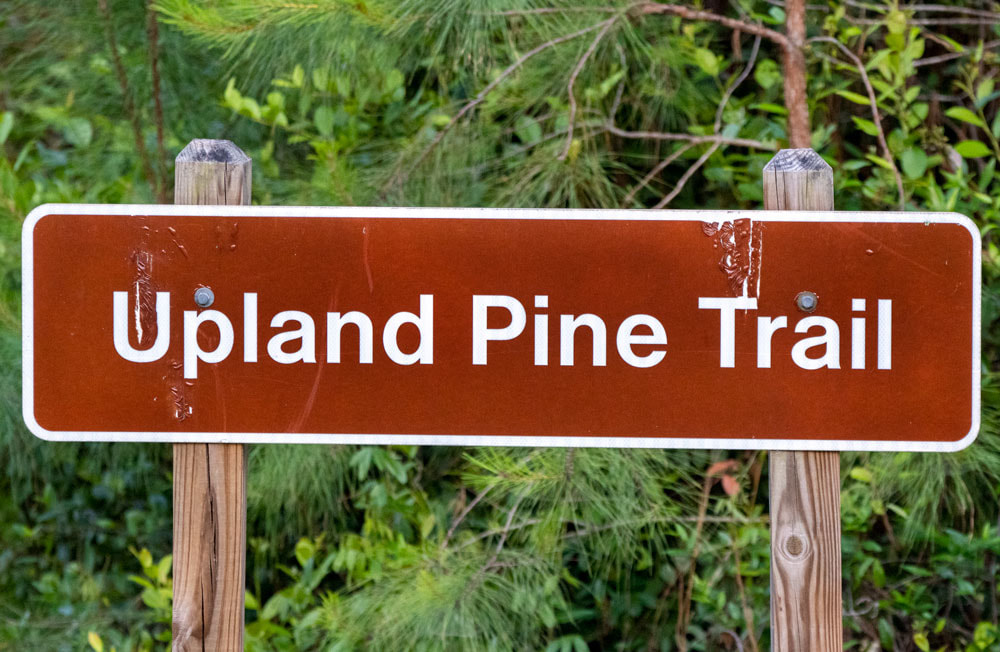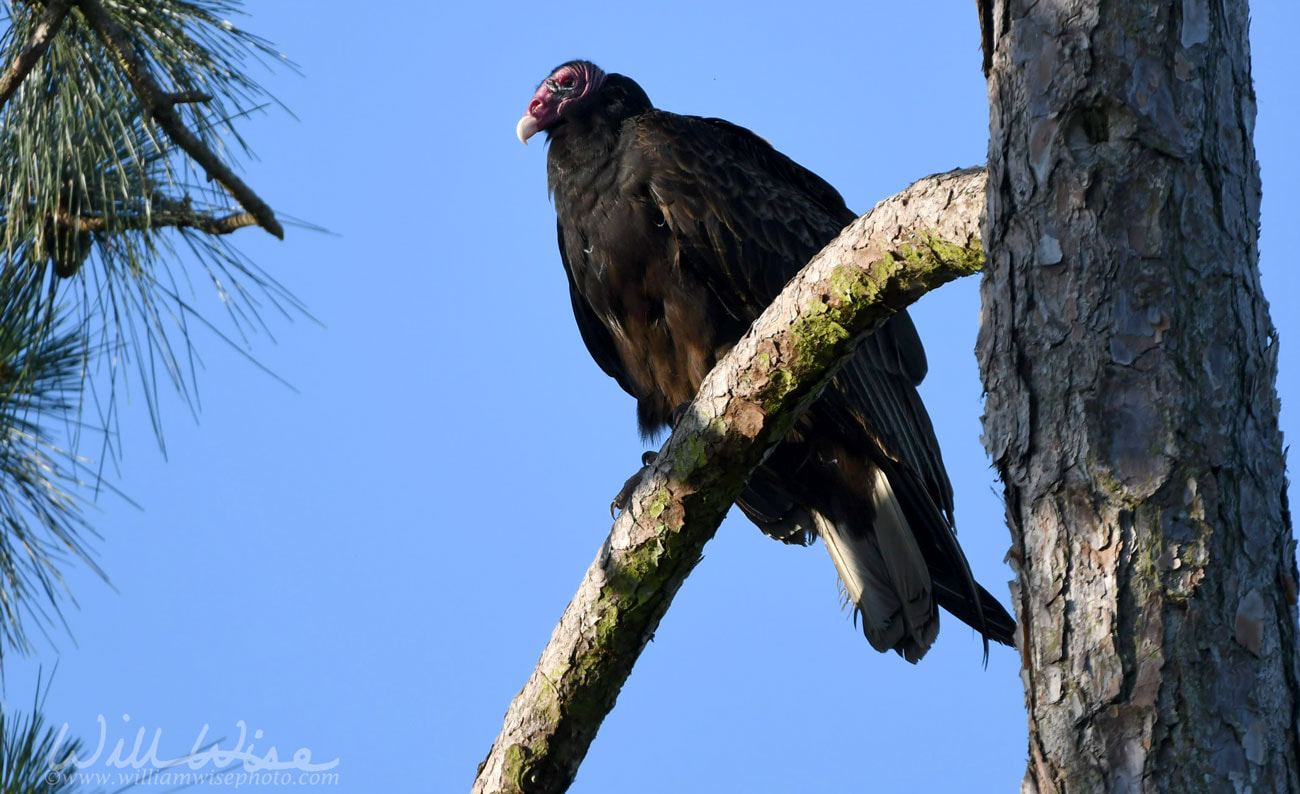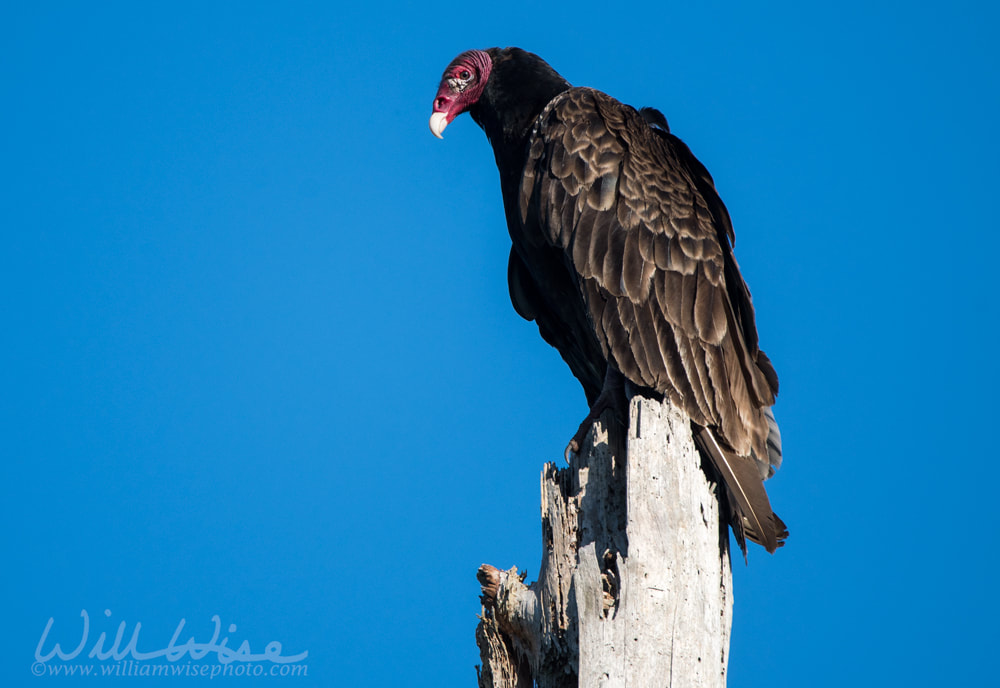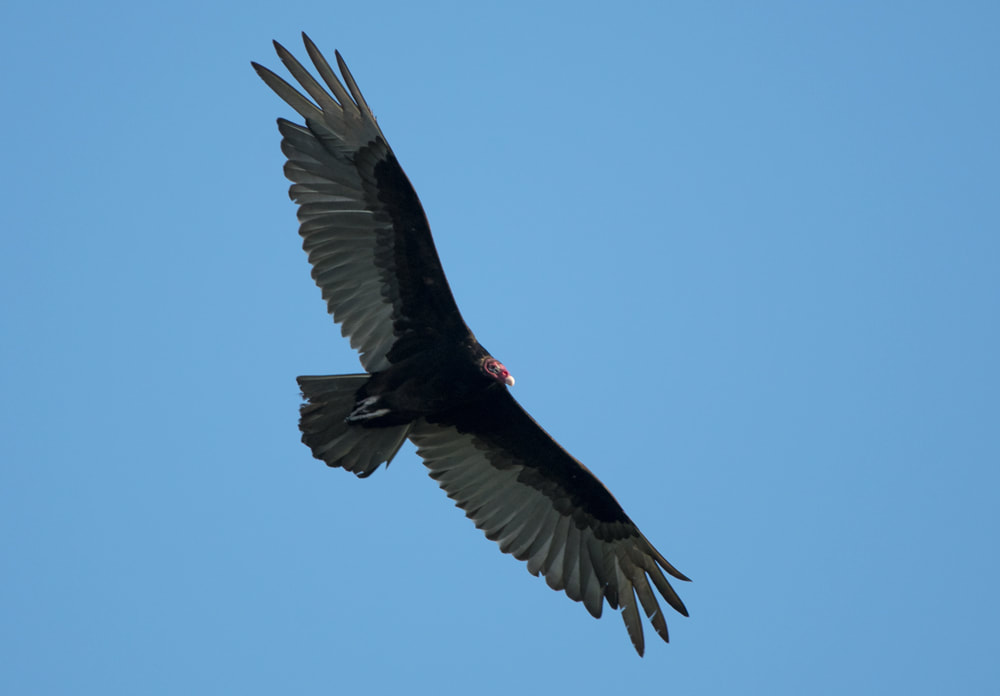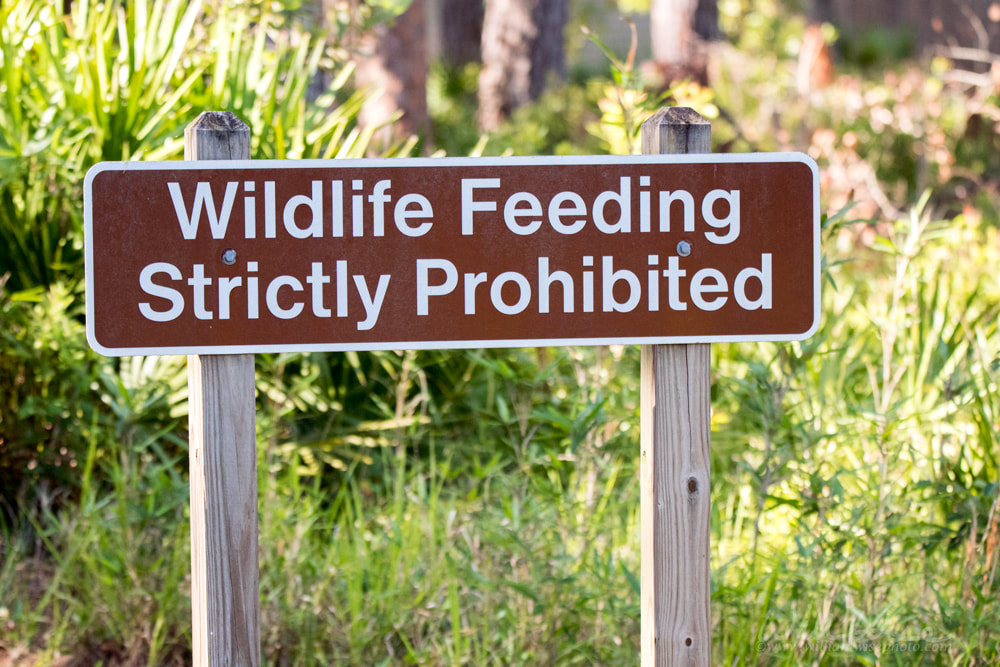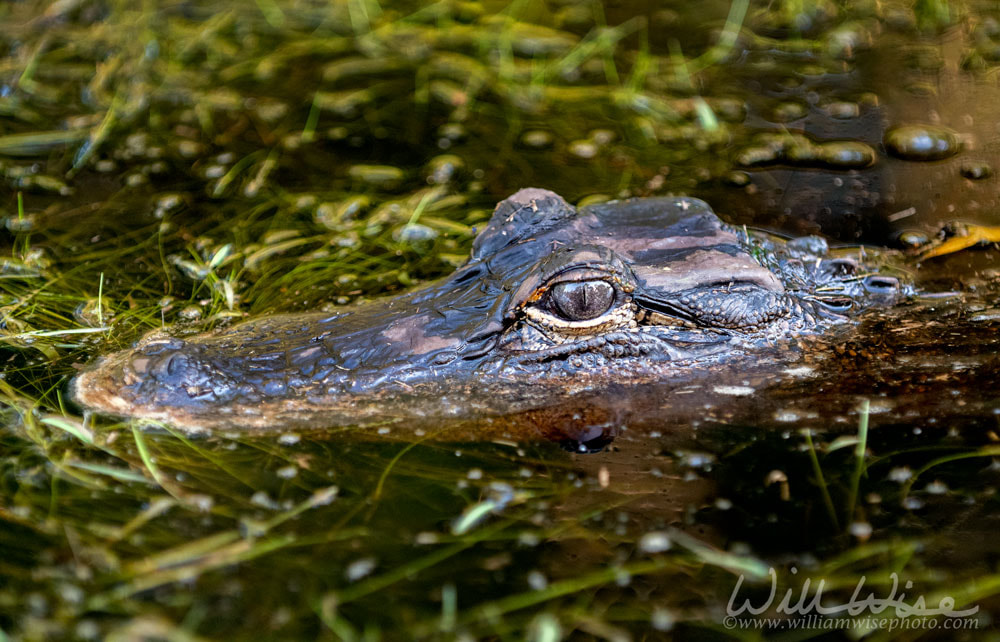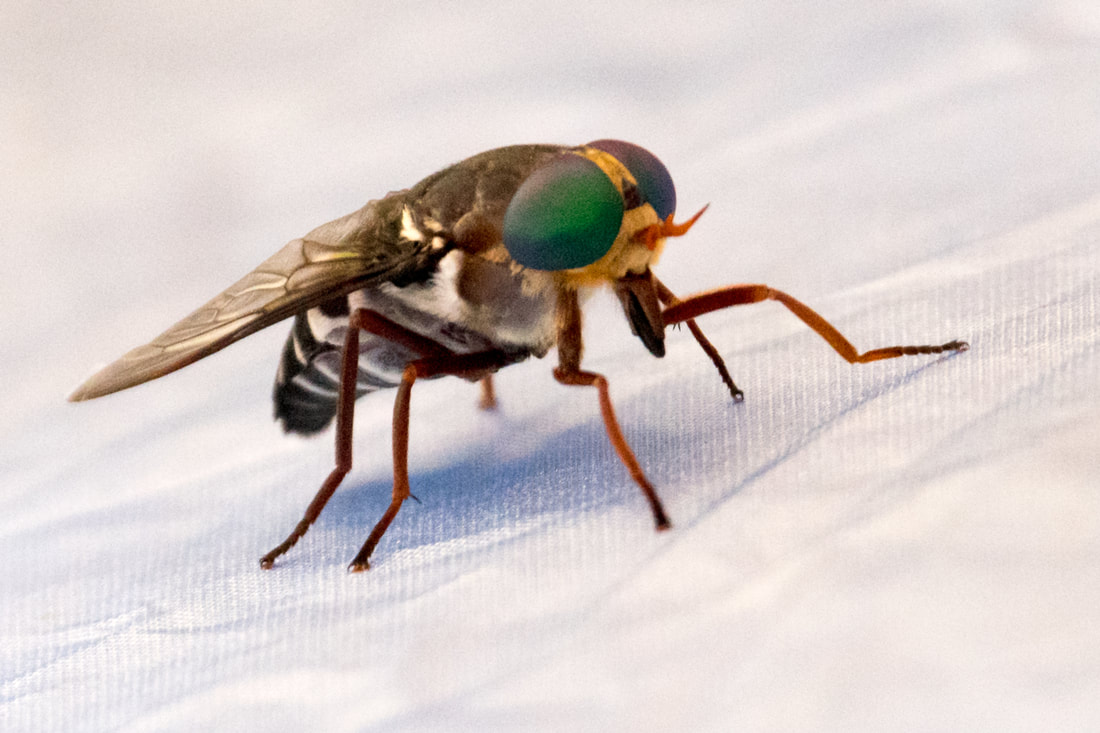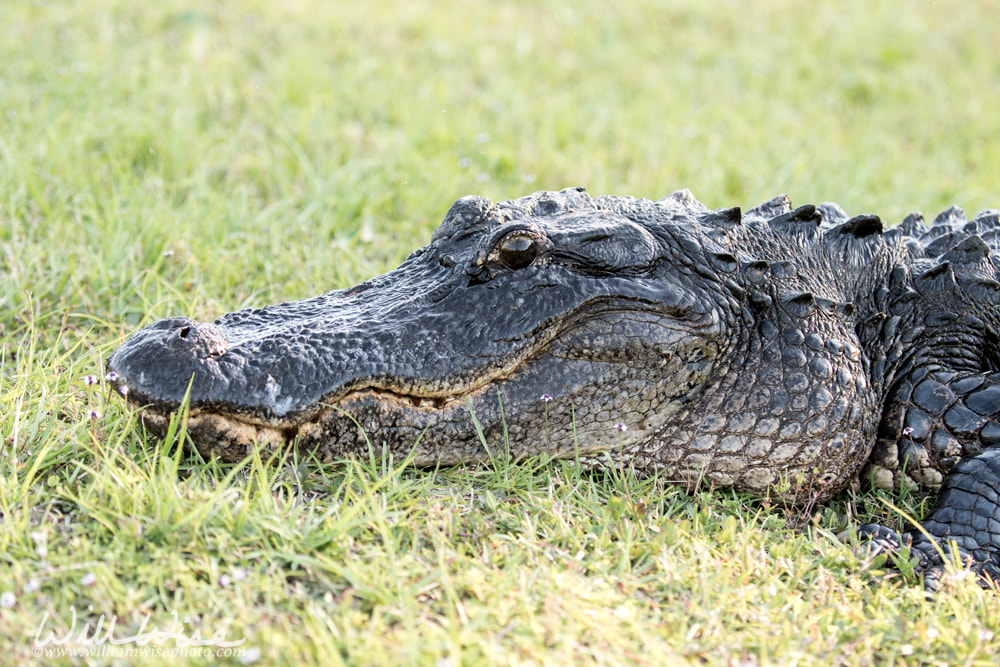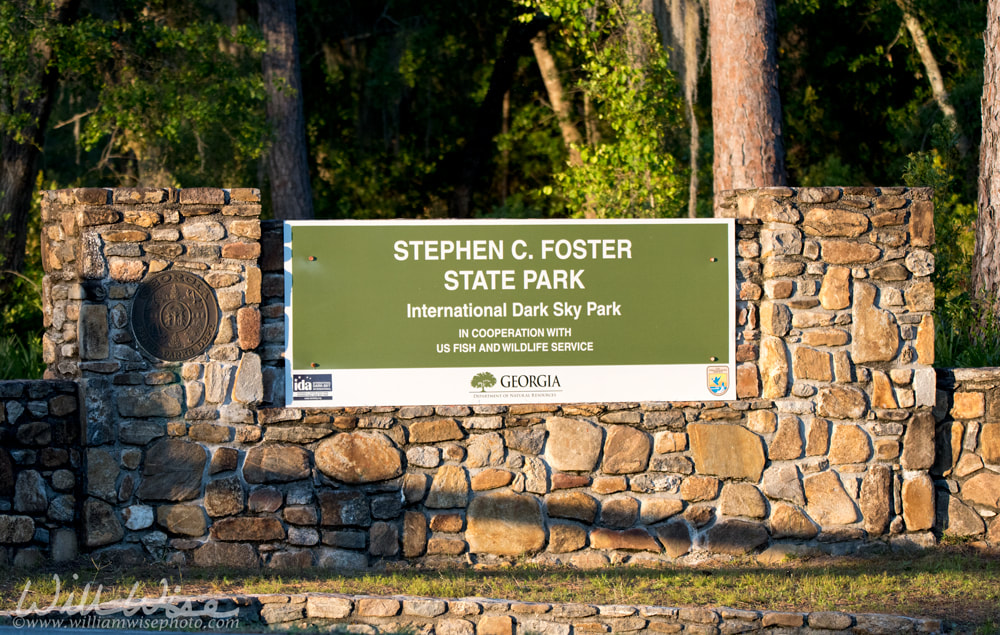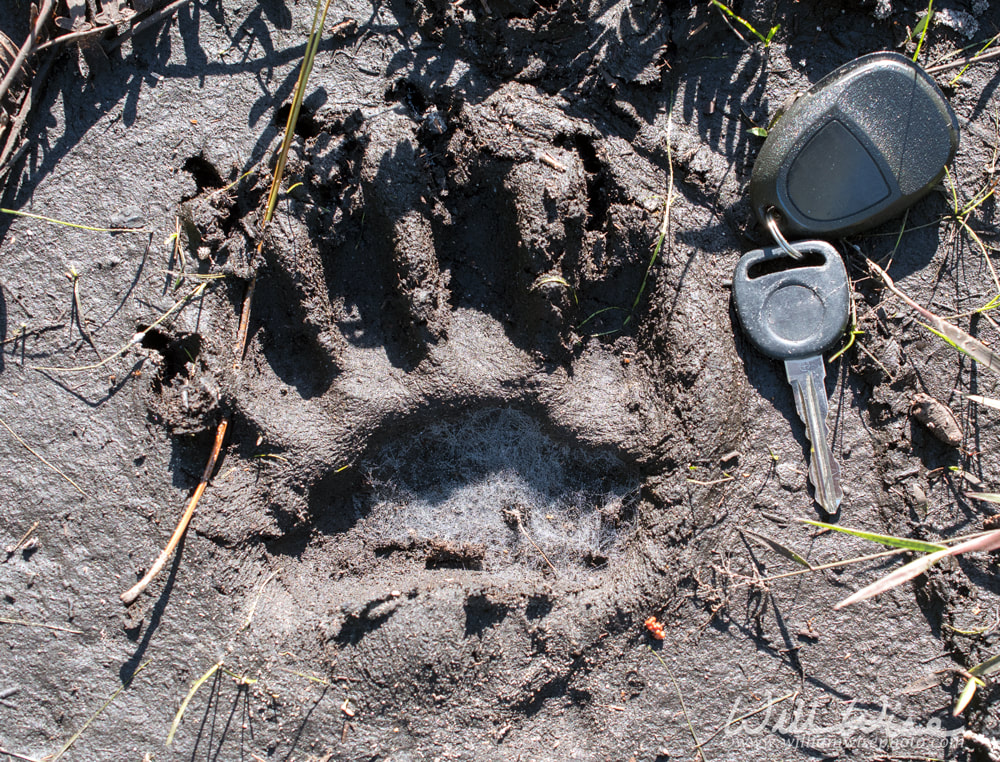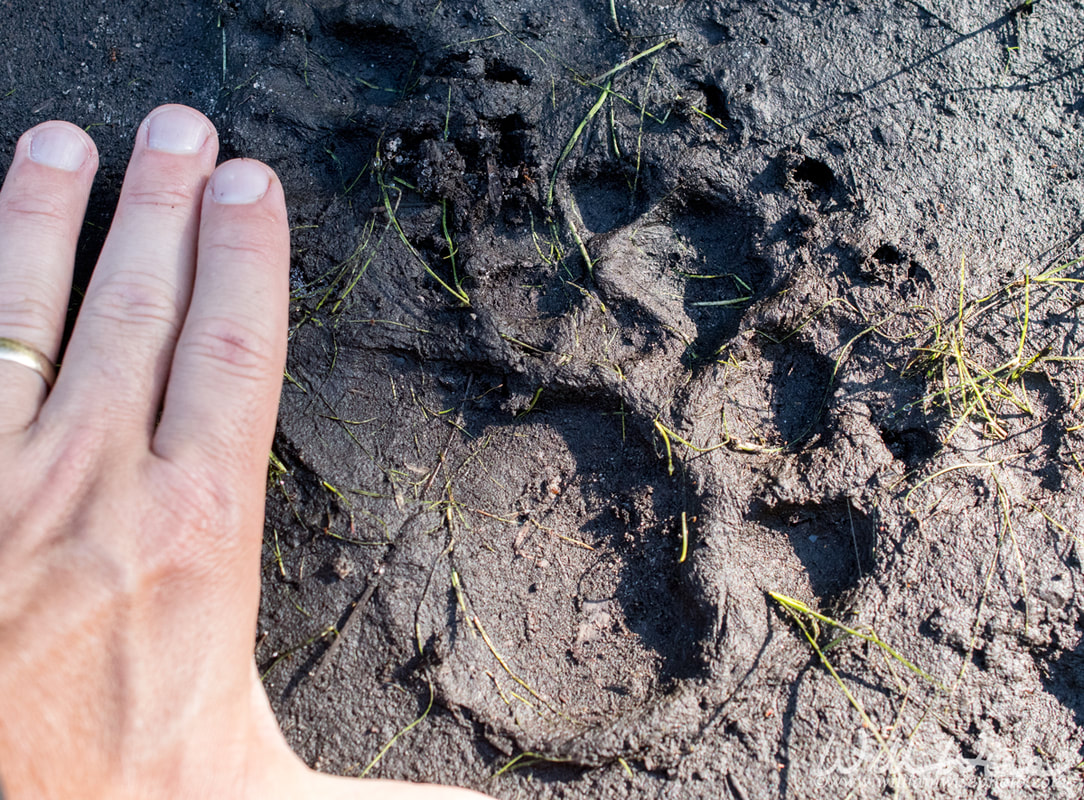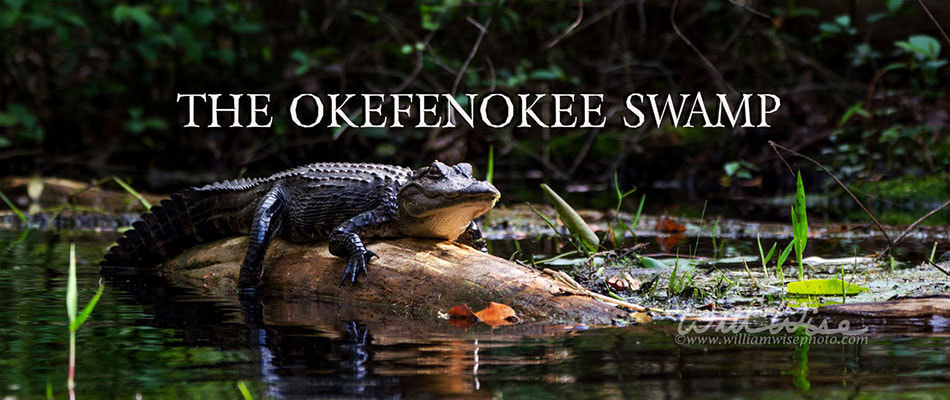 Okefenokee Photography by William Wise. A nature photo journal exploration of Georgia's Okefenokee Swamp, the Land of Trembling Earth, one of the largest blackwater swamps in North America. The alligators, birds, snakes and wildlife of Okefenokee National Wildlife Refuge and Stephen C Foster State Park. -- "What a wildly wonderful world, God! You made it all, with Wisdom at Your side, made earth overflow with your wonderful creations." Psalms 104 The Message How cool. I had no idea that the Okefenokee had its own moth! And I wasn’t even on the lookout for this little critter when I found it. My daughter and I were paddling north up the Suwannee Middle Fork (red trail) from Billy’s Lake. The run is usually quite wide, but at some points can require some careful steering around Cypress buttresses. On one of those maneuvers around the base of a cypress tree, I grabbed onto a stump to try to swing the canoe a bit so my daughter, sitting in the back, wouldn’t crash into the fetterbushes. As I held the stump, just a few feet from my face I caught a glint of orange, black and white. “Hmmmm. Cool looking caterpillar”, I thought to myself, but didn’t immediately stop the canoe. At the next tree, I saw a couple more and decided to switch to a macro lens and capture a few shots. There were about a dozen, maybe two, munching the leaves and tender vines. Upon returning home and posting most of my finds on iNaturalist and with some help from Ryan St Laurent (@rstlaurent) discovered this bright caterpillar was the Okefenokee Zale Moth, Zale perculta. I also discovered there really isn’t much information published on the internet about. I did learn that they are listed as “imperiled” because of their specialized diet and habitat in which they occur, but not “immediately imperiled” since the Okefenokee is protected as a National Wildlife Refuge. Thankfully, they are also found in a few other swamp habitats outside of the Okefenokee. Some sources:
0 Comments
 Okefenokee Photography by William Wise. A nature photo journal exploration of Georgia's Okefenokee Swamp, the Land of Trembling Earth, one of the largest blackwater swamps in North America. The alligators, birds, snakes and wildlife of Okefenokee National Wildlife Refuge and Stephen C Foster State Park. -- "What a wildly wonderful world, God! You made it all, with Wisdom at Your side, made earth overflow with your wonderful creations." Psalms 104 The Message In October 1913, Francis Harper explored the Okefenokee Swamp and published his journal in The Auk, the official publication of the American Ornithological Society.
A Biological Reconnaissance of Okefinokee Swamp: The Birds  Okefenokee Photography by William Wise. A nature photo journal exploration of Georgia's Okefenokee Swamp, the Land of Trembling Earth, one of the largest blackwater swamps in North America. The alligators, birds, snakes and wildlife of Okefenokee National Wildlife Refuge and Stephen C Foster State Park. -- "What a wildly wonderful world, God! You made it all, with Wisdom at Your side, made earth overflow with your wonderful creations." Psalms 104 The Message 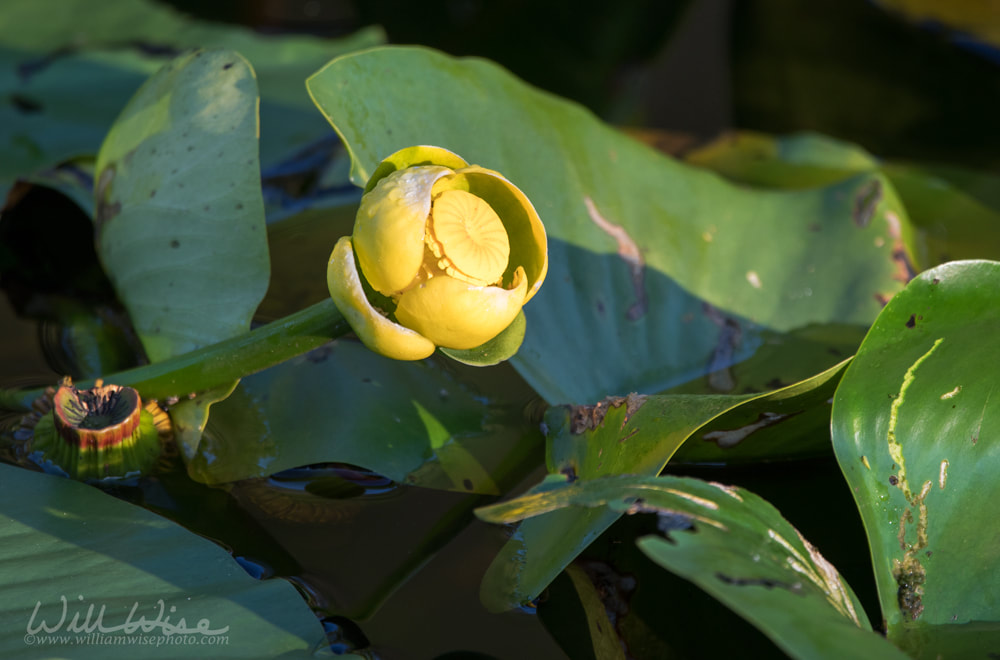 Yellow Water Lily spatterdock flower and lily pads. Nuphar advena is native throughout the eastern United States and at some parts of Canada. Spatterdock was long used in traditional medicine, with the root applied to the skin and/or both the root and seeds eaten for a variety of conditions. The seeds are edible, and can be ground into flour. The root is edible too, but can prove to be incredibly bitter in some plants. Stephen C Foster State Park. Okefenokee National Wildlife Refuge, Georgia. May 2020. The waters of the Okefenokee Swamp, particularly the more open lakes, are often covered in bright green lily pads. The large white blooms of the American White Water Lily, Nymphaea odorata, might be the more recognizable of the species, but on my springtime trips, the Yellow Bonnet Lily, or Spatterdock, is more prevalent. The Yellow Bonnet Lily, Nuphar advena, goes by several names: Spatterdock, Alligator Bonnet, or Pond lily to name a few. The yellow flowers are smaller and less elaborate the white lily, but these yellow dots can be seen all along the canoe runs of the Okefenokee. And if one looks close enough, there may be alligator eyes peering from between the rows of flowers. The Spatterdock leaves are typically oblong and often stand up on their stems off the surface of the water, almost appearing to curl under the southern heat and humidity. The White Water Lily’s pads usually lie flat on the surface of the water. Underneath the dark tannin-stained swamp water, the Bonnet Lily’s long stem petiole attaches to a rough looking stem, or rhizome, covered in leaf scars. When these rhizomes are stirred up or broken loose by marauding alligators or passing motor boats, they float to the surface and can often trick the eye into thinking an alligator lay on the surface. The leaf scars can resemble the rough ridges and scutes of an alligator’s back or tail. The starchy stems, much like that of a potato, were apparently cooked and eaten by the Indians and swampers of the Okefenokee and were called “Gator Taters.” If I come across a recipe in my swamper research, I’ll be sure to post it.

Okefenokee Photography by William Wise. A nature photo journal exploration of Georgia's Okefenokee Swamp, the Land of Trembling Earth, one of the largest blackwater swamps in North America. The alligators, birds, snakes and wildlife of Okefenokee National Wildlife Refuge and Stephen C Foster State Park. -- "What a wildly wonderful world, God! You made it all, with Wisdom at Your side, made earth overflow with your wonderful creations." Psalms 104 The Message
Since summer had progressed on our May Okefenokee canoe trek, the Golden Clubs were no longer sporting many of those beautiful yellow and white spikes. But upon paddling close to a plume of leaves, I saw something a bit different floating in the tannin waters… fruit! Either I had overlooked the fruit on our March expeditions, or they weren’t yet on the plant.
The yellow finger of the Golden Club is called a spadix, which is a “spike of closely arranged, minute flowers.” These little flowers mature into small, berry-like fruits with one seed apiece. According to an excellent, in-depth blog on Treasure Coast Natives, “The seed is separated from the fruit by a layer of Jell-O of unclear significance. Maybe the goo gives the fruit buoyancy. Maybe it sticks to a bird’s foot or to a passing gator or to the leaf on a waterlily.”  Okefenokee Photography by William Wise. A nature photo journal exploration of Georgia's Okefenokee Swamp, the Land of Trembling Earth, one of the largest blackwater swamps in North America. The alligators, birds, snakes and wildlife of Okefenokee National Wildlife Refuge and Stephen C Foster State Park. -- "What a wildly wonderful world, God! You made it all, with Wisdom at Your side, made earth overflow with your wonderful creations." Psalms 104 The Message The Okefenokee has grown into an obsession! Even though I have opportunity for only a few “boots-on-the-ground” days in the Swamp each year, I love exploring it year-round through online and print publications. I just can’t get enough! My favorite way to get into the details of the swamp (virtually) is through iNaturalist. Just like paddling down an Okefenokee kayak trail, I can search the observations posted by other amateur naturalists, stopping here and there to more closely inspect and identify species of plants and insects. Just like raising my binoculars in the swamp, iNat users perch their beautiful avian observations online. I get a thrill when other users post their observations of a Black Bear ambling through the Stephen C Foster campground, or a Bobcat bounding along the Upland Pine Trail, or an Anhinga diving to spear a fish. There are currently two projects on iNaturalist highlighting the Okefenokee National Wildlife Refuge. One is a ‘collections project’ that automatically gathers every observation posted within the refuge. It is a great page to check for new and exciting observations I might have missed in my subscription feed. The other, the Okefenokee Photography Project, is a traditional project where members can post and identify the higher quality photography from the Swamp. Both projects have journals that post news from the Refuge and articles highlighting species or experiences in the Okefenokee from users.  Okefenokee Photography by William Wise. A nature photo journal exploration of Georgia's Okefenokee Swamp, the Land of Trembling Earth, one of the largest blackwater swamps in North America. The alligators, birds, snakes and wildlife of Okefenokee National Wildlife Refuge and Stephen C Foster State Park. -- "What a wildly wonderful world, God! You made it all, with Wisdom at Your side, made earth overflow with your wonderful creations." Psalms 104 The Message The Okefenokee blackwater is decorated in the spring with the golden fingers and bright green plumes of the Golden Club plant (Orontium aquaticum). The waxy leaves are shed water droplets and always seem dry, hence the name “Neverwet.” As I had my canoe anchored on a bed of bonnet lilies to photograph some Golden Club fruit, I noticed a nearby plume of Neverwet leaves had been chewed upon considerably. Flipping a leaf, a fuzzy brown Tiger Moth caterpillar about half the length of my thumb was going to town! Since that growth of Golden Club was completely surrounded by water, I wonder if that caterpillar was laid and hatched on those leaves and was living all if is short live on this little “island in the stream.”  Okefenokee Photography by William Wise. A nature photo journal exploration of Georgia's Okefenokee Swamp, the Land of Trembling Earth, one of the largest blackwater swamps in North America. The alligators, birds, snakes and wildlife of Okefenokee National Wildlife Refuge and Stephen C Foster State Park. -- "What a wildly wonderful world, God! You made it all, with Wisdom at Your side, made earth overflow with your wonderful creations." Psalms 104 The Message An excerpt from EA McIlhenny's 1935 book, The Alligator's Life History:
E.A. McIlhenny (1872 – 1949), of the McIlhenny Tabasco Sauce company, was a hunter, explorer and naturalist that established the Avery Island wildlife refuge on his family estate in Louisiana and wrote The Alligator's Life History in 1935. While some of his statements are criticized by modern science, he was one of the most knowledgeable alligator experts in the country at the time. His work contains valuable information and entertaining anecdotes.  Okefenokee Photography by William Wise. A nature photo journal exploration of Georgia's Okefenokee Swamp, the Land of Trembling Earth, one of the largest blackwater swamps in North America. The alligators, birds, snakes and wildlife of Okefenokee National Wildlife Refuge and Stephen C Foster State Park. -- "What a wildly wonderful world, God! You made it all, with Wisdom at Your side, made earth overflow with your wonderful creations." Psalms 104 The Message "I saw before me, through the clear water, the head and shoulders of a very large alligator, moving slowly towards me; I instantly stepped back, when, with a sweep of his tail, he brushed off several of my fish. It was certainly most providential that I looked up at that instant, as the monster would probably, in less than a minute, have seized and dragged me into the river. This incredible boldness of the animal disturbed me greatly, supposing there could now be no reasonable safety for me during the night, but by keeping continually on the watch." - Excerpt from William Bartram's Travels Part II, Chapter V William Bartram was a botantist, artist, and nature writer that explored the southeastern United States around the time of the American Revolution (1773-1776). He was a scientist, creationist and Christian that gave glory to the Author for all the wonderful works he observed and documented in his book, Travels Through North and South Carolina, Georgia, East and West Florida.  Okefenokee Photography by William Wise. A nature photo journal exploration of Georgia's Okefenokee Swamp, the Land of Trembling Earth, one of the largest blackwater swamps in North America. The alligators, birds, snakes and wildlife of Okefenokee National Wildlife Refuge and Stephen C Foster State Park. -- "What a wildly wonderful world, God! You made it all, with Wisdom at Your side, made earth overflow with your wonderful creations." Psalms 104 The Message While an adult turtle’s shell is hard and seemingly impenetrable, an unborn turtle’s eggshell is nowhere near as tough. In fact, turtle eggs are a swamp delicacy! From the number of scavenged nests I found on my May 2020 Okefenokee paddling trip, it seems everything eats turtle eggs. Bears, raccoons, skunks, opossums, crows, bobcats and more all dig up and eat this swamp caviar.
Since there are reportedly 15 species of turtles in the Okefenokee Swamp, I can’t be sure what species laid the eggs. Perhaps a Cooter, Slider or a Softshell. Either way, the predator that tore open the nest didn’t discriminate! Some turtles are known to lay their eggs inside an active alligator nest in order to receive the protection of the fierce mother gator.  Okefenokee Photography by William Wise. A nature photo journal exploration of Georgia's Okefenokee Swamp, the Land of Trembling Earth, one of the largest blackwater swamps in North America. The alligators, birds, snakes and wildlife of Okefenokee National Wildlife Refuge and Stephen C Foster State Park. -- "What a wildly wonderful world, God! You made it all, with Wisdom at Your side, made earth overflow with your wonderful creations." Psalms 104 The Message By definition, a swamp doesn’t have much high ground not inundated with water. Therefore, there aren’t too many dry hiking trails in the Okefenokee National Wildlife Refuge. Canoeing and kayaking are the primary means of enjoying this wonderful habitat. There are a couple of islands – Floyds, Billy’s and a few others – where you can stretch your legs. But be prepared for a full day within your boat.
The Stephen C Foster State Park does have a couple of trails. Though not extensive, they are nice for enjoying morning or evening birding and botany walks. On my last visit, I concentrated my morning walks along the Upland Pine Trail which skirts the edge of the pine flatwoods. I had a few surprises jump out at me (a bobcat) and listened to the morning chorus of songbirds. But bring some waterproof boots and lots of mosquito spray! An excerpt from A Florida Sketch-Book, by naturalist Bradford Torrey, written in 1895: "I look up from my paper to see a turkey buzzard sailing majestically northward. I watch him till he fades in the distance. Not once does he flap his wings, but sails and sails, going with the wind, yet turning again and again to rise against it,—helping himself thus to its adverse, uplifting pressure in the place of wing-strokes, perhaps,—and passing onward all the while in beautiful circles. He, too, scavenger though he is, has a genius for being graceful. One might almost be willing to be a buzzard, to fly like that!" Torrey, B. (1895). Chapter 2: “Beside the Marsh”. A Florida Sketch-Book. From https://etc.usf.edu/lit2go/130/a-florida-sketch-book/2361/chapter-2-beside-the-marsh  Okefenokee Photography by William Wise. A nature photo journal exploration of Georgia's Okefenokee Swamp, the Land of Trembling Earth, one of the largest blackwater swamps in North America. The alligators, birds, snakes and wildlife of Okefenokee National Wildlife Refuge and Stephen C Foster State Park. -- "What a wildly wonderful world, God! You made it all, with Wisdom at Your side, made earth overflow with your wonderful creations." Psalms 104 The Message Throughout the Stephen C Foster campground in the Okefenokee Swamp, there are signs warning against the feeding of wildlife. These warnings are no joke. It is now commonly known (hopefully) the dangers of pitching handouts to wildlife. Feeding of bears and alligators causes them to associate humans with food, and that can lead to future adversarial contacts. Typically, it is the animal that eventually loses out. They have to be drugged and relocated, or even killed. The Savannah River Ecology Lab writes, “Don't feed alligators. This is a most important rule as feeding alligators threatens the safety of both people and animals. Providing food for these wild animals (that are naturally afraid of humans) not only makes them bolder and encourages them to seek out people, it also alters their natural diet in an unhealthy way. Feeding alligators trains them to associate humans with foods. Feeding alligators is punishable by law with fines jail time.”
For all of those reasons, I take seriously the admonition to not feed the Okefenokee wildlife… except for a couple of species. No matter how hard I try, I just can’t seem to not feed the mosquitoes and flies! No amount of repellent seems to keep these little bloodsucking critters from feeding on your flesh if you visit the Okefenokee in late spring and summer.  Okefenokee Photography by William Wise. A nature photo journal exploration of Georgia's Okefenokee Swamp, the Land of Trembling Earth, one of the largest blackwater swamps in North America. The alligators, birds, snakes and wildlife of Okefenokee National Wildlife Refuge and Stephen C Foster State Park. -- "What a wildly wonderful world, God! You made it all, with Wisdom at Your side, made earth overflow with your wonderful creations." Psalms 104 The Message 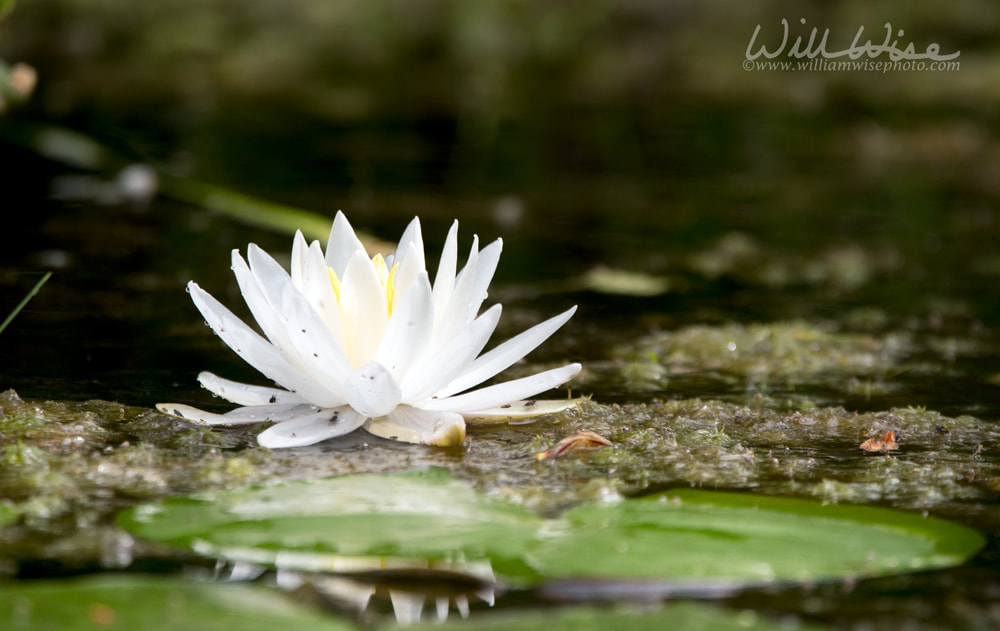 American White Water Lily flower blooming on a lily pad in the Okefenokee Swamp, Georgia. Nymphaea odorata, also known as fragrant water-lily, beaver root, sweet-scented water lily, is an aquatic plant commonly found in shallow lakes, ponds, bog, swamp and permanent slow moving waters in North America. Medical uses by Native American Indians: rhizomes for coughs and colds, stem for tooth aches. Okefenokee Swamp National Wildlife Refuge in Georgia, USA. One thing that is pleasantly noticeable in the clean and pristine wilderness of the Okefenokee National Wildlife Refuge it the absence of pollution of all types. The light pollution, noise pollution and 'people pollution' (trash) so common is our regular lives is rarely seen, heard or smelled in the Okefenokee Swamp.
Until I attempted recording bird calls, I had no realization of how much noise surrounds us in every day life. Even in my "quiet" subdivision, I had a hard time getting a clean bird recording without the noise of leaf blower, barking dog or cars off in the distance. Except for the occasional airplane that passes far overhead, the noise of man's ingenuity is mostly absent. Until I got an overnight permit to stay at Big Water shelter, I had know real idea how dark "dark" could be, and how bright stars could shine. Without bright parking lots, shopping centers and cities shining nearby, the stars shine brighter in the Okefenokee Swamp. Those distant points of light, which are usually few and far between from an urban viewing point, were so many and so dazzling that even a cellphone camera could record them. And what a joy to paddle for miles and miles and never see a piece of discarded trash or floating plastic grocery bag. On my Saturday morning long runs through my home town, it seems the entire route is littered with trash, like a grotesque bread crumb trail leading to "civilization." Thankfully, it isn't that way in the pristine Okefenokee… and let's keep it that way! Remember to pack out everything you bring in.  Okefenokee Photography by William Wise. A nature photo journal exploration of Georgia's Okefenokee Swamp, the Land of Trembling Earth, one of the largest blackwater swamps in North America. The alligators, birds, snakes and wildlife of Okefenokee National Wildlife Refuge and Stephen C Foster State Park. -- "What a wildly wonderful world, God! You made it all, with Wisdom at Your side, made earth overflow with your wonderful creations." Psalms 104 The Message The Stephen C. Foster State Park on Jones Island comprises a very small portion within the entire swamp. The park was named after Stephen Collins Foster (July 4, 1826 – January 13, 1864), known as "the father of American music." He was an American songwriter primarily known for his parlor and minstrel music; among his best-known are "Oh! Susanna", "Camptown Races", and "Old Folks at Home", which laments about a return to the Suwanee River, whose headwaters make their origin in the Okefenokee swamp.
Way down upon the Swanee River, Far, far away. That's where my heart is yearning ever, Home where the old folks stay. The State Park serves as a great base camp for daily swamp excursions. The campground is comprised of two loops of RV spots with electricity and water spigots. Though somewhat close together, each site is separated by thick brush and saw palmetto, and seems somewhat isolated from neighbors.  Okefenokee Photography by William Wise. A nature photo journal exploration of Georgia's Okefenokee Swamp, the Land of Trembling Earth, one of the largest blackwater swamps in North America. The alligators, birds, snakes and wildlife of Okefenokee National Wildlife Refuge and Stephen C Foster State Park. -- "What a wildly wonderful world, God! You made it all, with Wisdom at Your side, made earth overflow with your wonderful creations." Psalms 104 The Message Alligators aren’t the only megafauna of the great Okefenokee Swamp! I’ve made several excursions to the Okefenokee, but have never had the privilege of spotting a bear. I get a bit jealous as I see iNaturalist observations of Black Bears lumbering through the Stephen C Foster campground, or in other places throughout the swamp. Most of my visits to the Okefenokee have been in March, and the bears may still be safely tucked away in hibernation dens at that time, which typically lasts from December to April. But on my May 2020 trip, I came across a long line of tracks on the Upland Pine Trail in the Stephen C Foster State Park. With their numbers declining because of habitat loss, the Okefenokee is truly a refuge for this handsome ursine inhabitant. The Okefenokee affords them some remote location to get far from their human predators as possible. They are often not seen, as I can attest, more than their signs are discovered. Claw marks on trees and prints in the swamp mud are often the only evidence found of the Black Bear by most Okefenokee visitors.
Bears have a varied diet, but are reportedly a major predator of alligator eggs. They are a true omnivore and feast upon the abundant floral and faunal inhabitants in the swamp ecosystem. And, of course, they love honey! They often got the blame for tearing up the managed hives of the swampers that once lived in the Okefenokee. |
Categories
All
Archives
September 2025
|
|
All content is ©williamwisephoto.com. Please don't steal images. My images are available at dreamstime.com. Stock sales go into the shelter photography program.
|
In December 1993 I came to know the Designer and Creator of this wonderful planet and its creatures: Jesus Christ.
|
Donations help support the animal shelter adoption photography equipment and adoption website hosting and domain fees. Thanks for your support!
|
